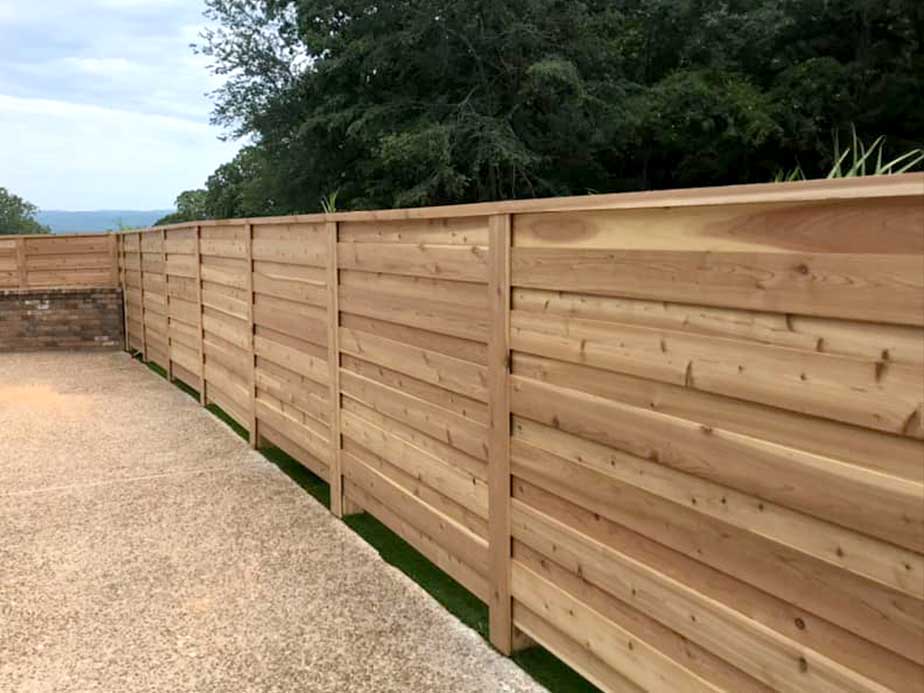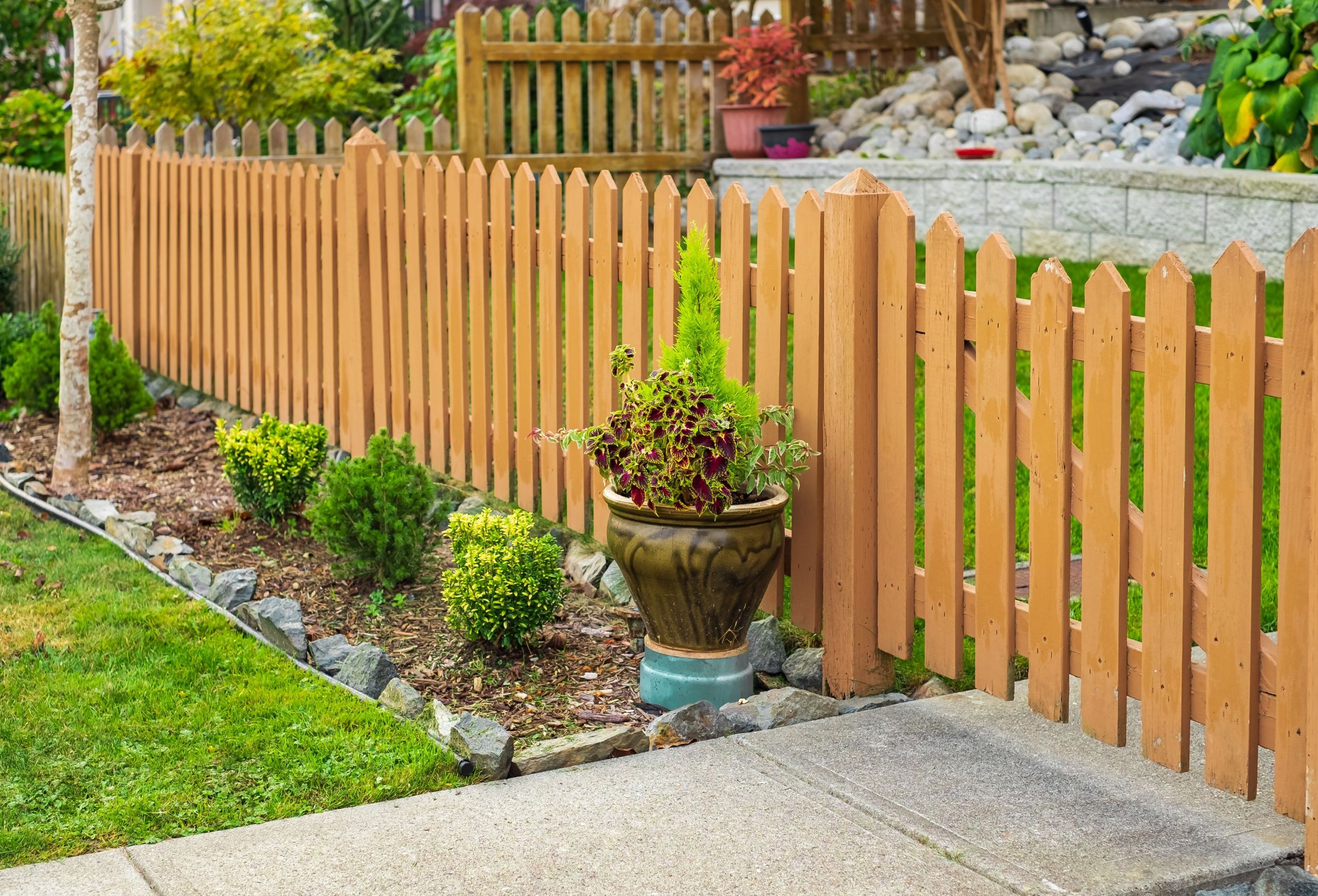All Categories
Featured

Creating a custom-made fencing is an excellent means to enhance your home's safety and security, functionality, and aesthetic appeal. Unlike typical fencings, custom-made styles enable you to customize every element to your preferences and needs. Just how exactly do you go about creating a personalized fencing? Here's a break down of the procedure, from initial ideas to setup.
Step 1: Comprehending Your Needs. The initial step is to clearly specify what you want your fence to achieve.
Performance: Are you looking for privacy, safety and security, or decorative value? Aesthetic Objectives: Take into consideration how the fencing enhances your property's style and landscaping. Special Attributes: Do you require entrances, lights, or one-of-a-kind materials? This clearness makes certain that the project straightens with your vision and purpose.
Action 2: Consultation with a Fencing Specialist. Routine an assessment with a trusted secure fencing business. once you have actually identified your objectives.
Site Assessment: Experts will examine your property's measurements, surface, and any possible obstacles. Initial Ideas: Share your vision, including sketches, photos, or instances of designs you like. This stage assists establish a foundation for a fence tailored to your specific home and choices.
Step 3: Material Option. The materials you pick will influence the fencing's look, upkeep, and durability needs. Usual choices consist of:
Timber: Offers a timeless appearance and adjustable styles, yet calls for routine upkeep. Vinyl: Long lasting, low-maintenance, and readily available in a variety of structures and shades. Steel: Wrought iron or light weight aluminum is perfect for security and a high end appearance. Compound: Integrates the charm of wood with boosted resilience and eco-friendliness. Your fencing expert can recommend materials based upon your climate, layout, and spending plan preferences.

Step 4: Design Advancement. With your objectives and products chosen, the style procedure begins.
Customized Layouts: Designers produce in-depth sketches or 3D designs that reflect your residential property's design and special aspects. Integrating Functions: Include gates, latticework, or various other accents to make your fence attract attention. Adjustments: Evaluation the layout and make modifications until it's precisely what you imagined. This phase is critical for ensuring your fence satisfies both aesthetic and functional requirements.
Action 5: Approvals and Permits. Prior to building and construction begins, you'll require to guarantee conformity with neighborhood policies.
Zoning and Building Codes: Confirm that the layout meets local height, material, and placement limitations. HOA Approval: If relevant, submit the layout for review by your house owner's association. An expert secure fencing firm frequently handles this paperwork for you.
Step 6: Site Preparation. When authorizations are safeguarded, prep work for setup begins.

Clearing the Area: Remove any plants, particles, or old secure fencing. Marking Residential Property Lines: Precise border noting guarantees your fencing is installed correctly. Measuring and Planning: Installers detail the specific positioning of articles and panels. This action makes certain a smooth and reliable installment process.
Step 7: Fencing Setup. The installment stage brings your vision to life.
Structure Work: Messages are established firmly to provide a steady base for the fence. Building: Panels, gates, and attractive components are set up and installed according to the layout plan. Focus to Information: Installers concentrate on both architectural integrity and visual positioning to make sure the fence meets high requirements. Tip 8: Last Examination and Adjustments. After installment, the fencing goes through a complete review.
Top Quality Check: Guarantee the fencing is properly secured, straight, and complimentary of issues. Design Precision: Validate that the completed product matches the authorized style. Any kind of small modifications or touch-ups are made during this stage to attain perfection.
Step 9: Maintenance Recommendations. To keep your custom fence top condition, the fencing company will certainly provide maintenance guidance.
Material-Specific Tips: Discover exactly how to clean and care for your fencing based upon its products. Warranty Information: Understand insurance coverage for workmanship and products for included satisfaction. Final thought. The process of getting a customized fence design is a collaborative trip that guarantees your fence fulfills your unique needs and boosts your building's value. By dealing with experienced professionals, you'll appreciate a hassle-free experience and a fencing that is as durable as it is attractive. Whether for domestic or business usage, a custom-made fencing is a worthwhile financial investment in capability and style.
Latest Posts
Elegant Safety Begins Below
Published Apr 20, 25
1 min read
The Convenience and Efficiency of Charging Your EV
Published Apr 20, 25
1 min read
Discovering the Benefits of WyHy Share Interest-bearing Account
Published Apr 20, 25
1 min read